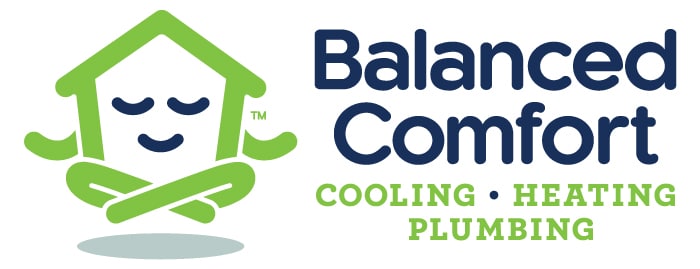How to Insulate Your Attic with Fiberglass Batts – DIY Project
Insulate Your Attic With Fiberglass Batts
When it comes to insulating your attic, there are really only two types of insulation worth considering fiberglass batts or blown-in insulation. Blown-in insulation consists of bags of fiberglass or cellulose that are chopped up and blown-in to the attic or wall from a machine. Because of this, this method will normally require you to hire a professional. Most big box home improvement stores allow you to borrow an insulation machine but the rate at which those machines move material is often too slow for most homeowners to bear.
Batt insulation, on the other hand, consists of blankets or rolls of insulation made from fiberglass or cotton, which is cut to fit into the floor of the attic. While fiberglass batt insulation is often done with the help of a professional, you can also install this insulation yourself if you have the time and desire. In this post, we will explain the three most important steps in insulating your attic with fiberglass batts.
DIY Fiberglass Batts Insulation
The first step in the insulation process involves cutting and laying onto the floor both the vapor barrier (depending on climate) and batt insulation. As you will most likely find, the attic floor will have joists running along it, and both the vapor barrier and batt needs to be cut accordingly to fit in between these joists. After sweeping the floor and clearing out any debris, you need to cut the vapor barrier to fit perfectly between the joists.
Also, where there are obstructions you are going to have to cut the batt insulation to sandwich the electrical, plumbing or other obstructions. Once this is installed, repeat this process with thicker batt insulation. That is, cut these blankets so that they fill the floor flush, fitting neatly in between the joists on the floor, while also cutting batts as needed. It is VERY important that you do not leave any empty gaps in the insulation, as this will allow heat to leak through.
The second step in insulating your attic involves building up the layers of your batt insulation. Thus far you will only have installed one layer of batt insulation, above the vapor barrier. Now you are going to want to add a second layer of the batt insulation on top of the first. This second layer will not only help you maintain the heat in the house (or out of the house), but it is also sometimes required by regulations.
Oftentimes, this second layer will be much easier to install, as it will simply lie above the joists so that you will not have to worry about cutting it to fit inside the joists. Your goal should be to achieve a minimum R-value (resistance rating of insulation) of at least R-38 although more insulation would be beneficial.
The third step that you need to take when installing attic insulation is protecting the piping in the attic. Not all attics have pipes running through them, but if yours does then you are going to want to think about protecting them during the winter months. If your climate is cold enough, these pipes can freeze in the winter, leading to costly repair bills. It is recommended that you protect this piping by installing pipe insulation, which simply slips over your pipes.
What you are going to want to do is measure the diameter of the pipes in your attic, and then buy pipe insulation to fit the size. To apply it, simply cut it along the side of the insulation, slip it over the pipes, and then re-seal it with tape. Make sure that the entire lengths of the pipes are covered, to ensure maximum protection.
Need help from a professional to insulate your attic with fiberglass batts? Contact the experts at Balanced Comfort today!
